Reportar esta entrada
Más sobre la misma comunidad-colección
Alfred G. Parra - Cathedral High School - El Paso, TX - 1955
Alfred G. Parra Drum Major of Cathedral High in 1955.
Graduation Class -Douglass High School - El Paso, Texas- 1949
Graduation Class -Douglass High School - 1949 1st Row L – ...
Hogar de Manhattan Heights - 2017
This house is located close to Memorial Park. On the corner of ...
Women's Auxiliary - Hotel Dieu - 1967
Mrs. Maurice Schwartz, Mrs. Paul W. Gleichauf, Mrs. Sara Jane ...
Hotel Dieu Hospital on Stanton Street - 1960
Hotel Dieu Hospital on Stanton Street - 1960 - El Paso, Texas ...
Coach C. D. Jarvis - El Paso High School - 1985
Coach Jarvis - El Paso High School - 1985 - Basketball coach El ...
Mayor Raymond Telles, Father Harold Rahm - 1960
Mayor Raymond Telles, Father Harold Rahm - 1960 - with Southside ...
Saint Patrick Cathedral - El Paso, Texas
Saint Patrick Cathedral - image for the exhibit at the El Paso ...
View from within the Franklin mountains
Short video I took when I stopped by the Franklin Mountains.

















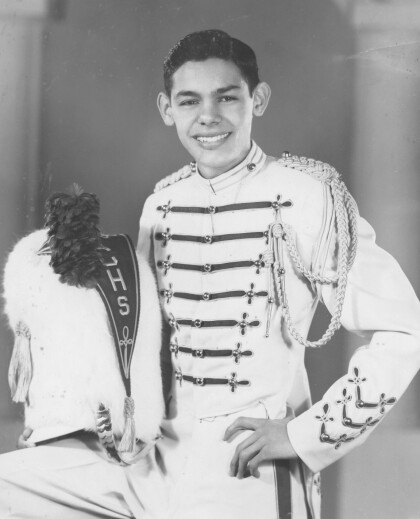
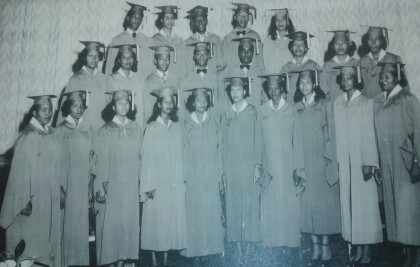
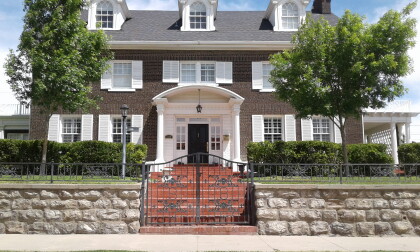
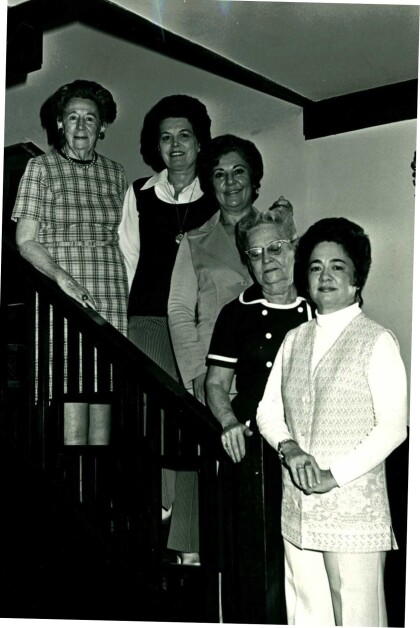
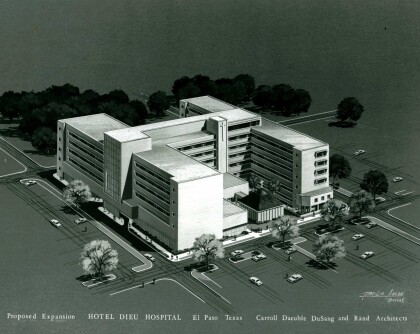
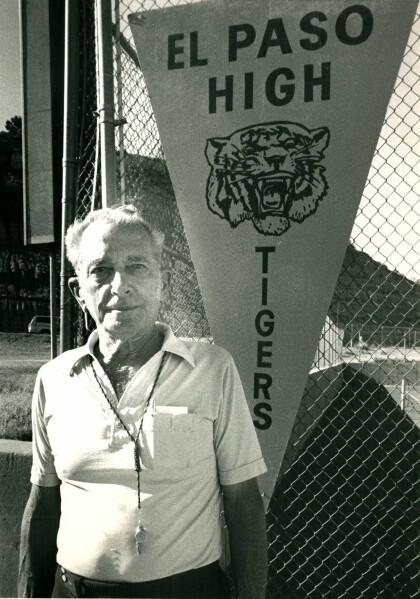
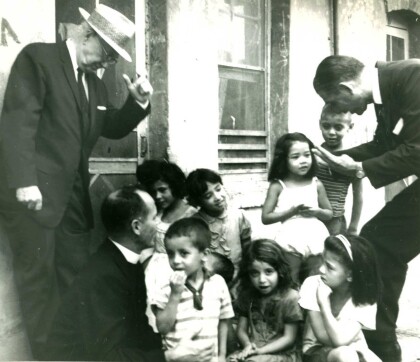
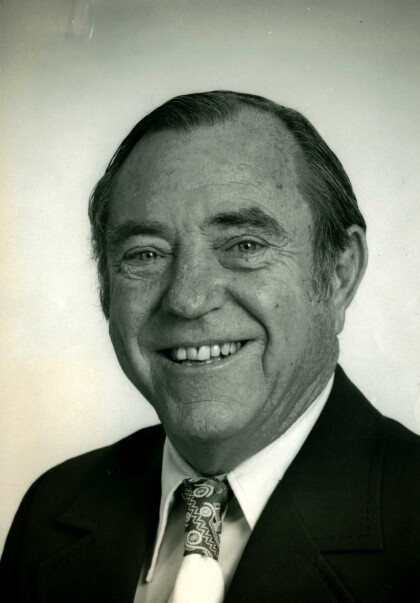
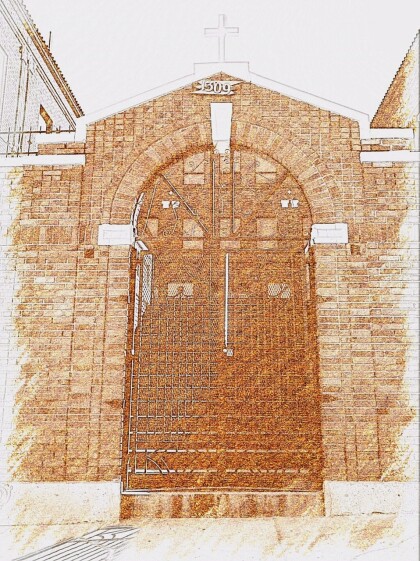

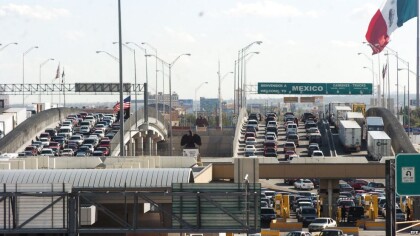
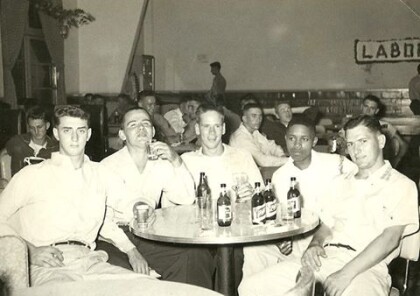
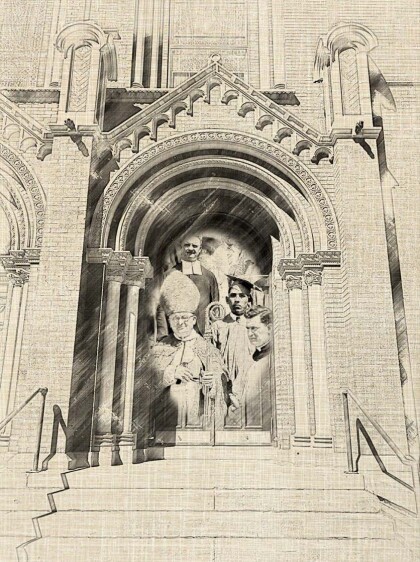
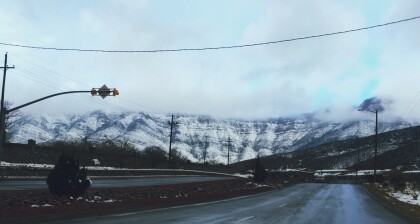
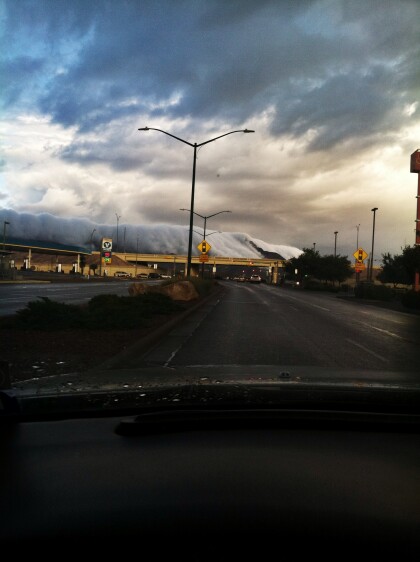

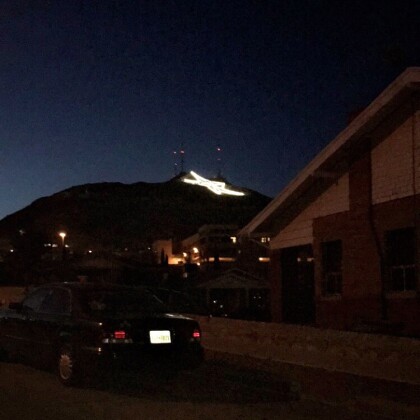

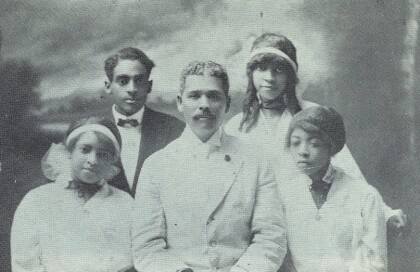
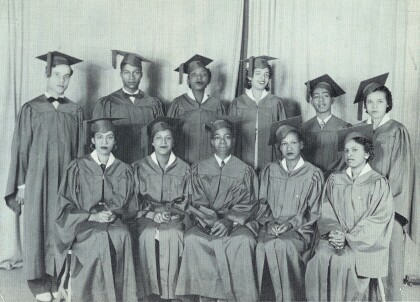
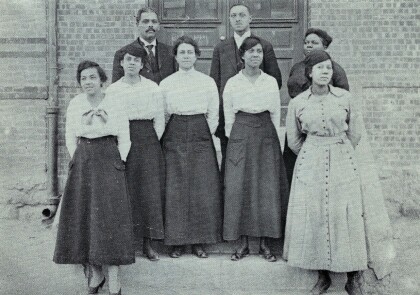
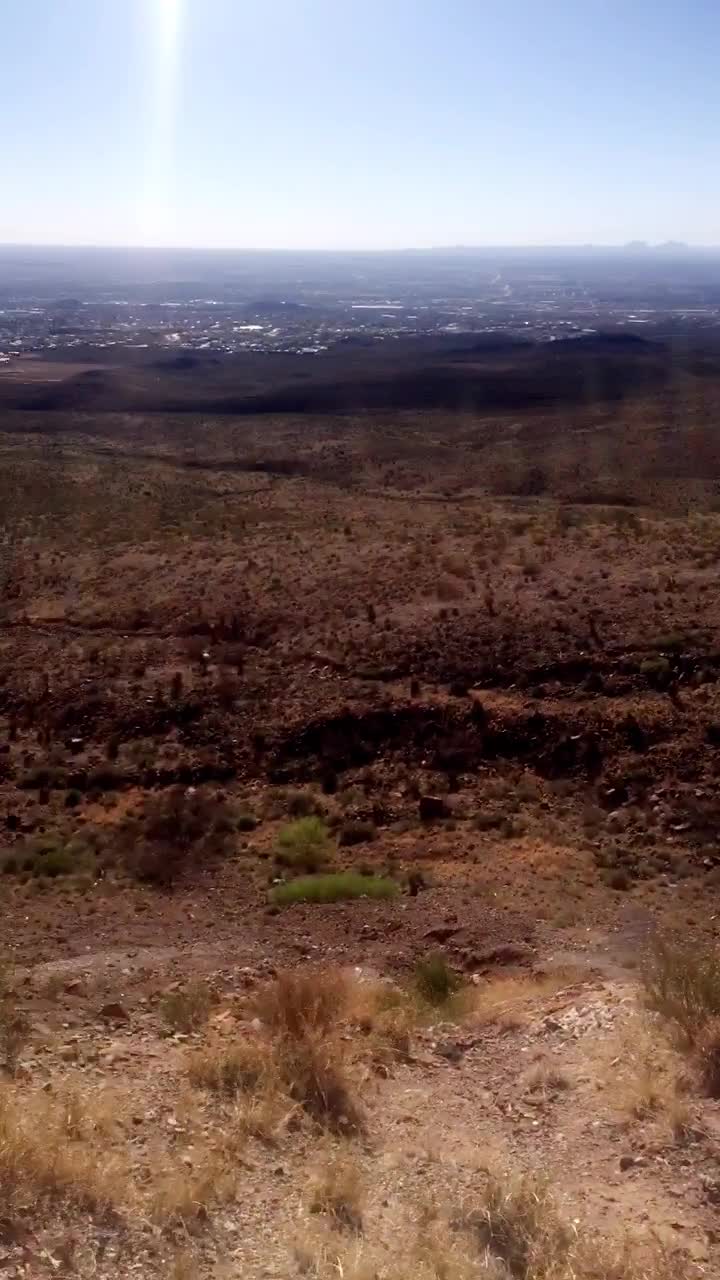
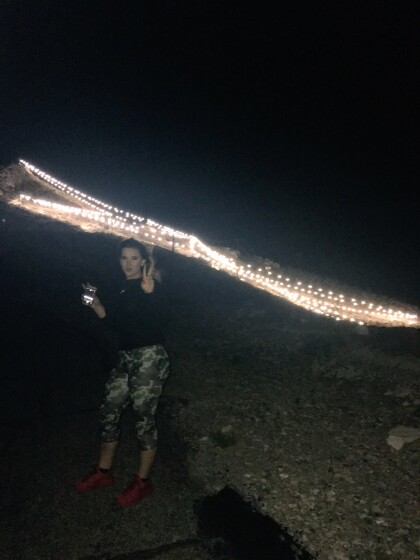
Comentarios
Hacer un comentario